In a groundbreaking discovery, scientists have identified a second species within the enigmatic phylum Micrognathozoa, a group of microscopic freshwater organisms known for their intricate jaw structures. This new species, named Limnognathia desmeti, was uncovered through the innovative application of machine learning techniques, shedding light on the diversity and evolutionary history of these elusive creatures.
Discovery of Limnognathia desmeti
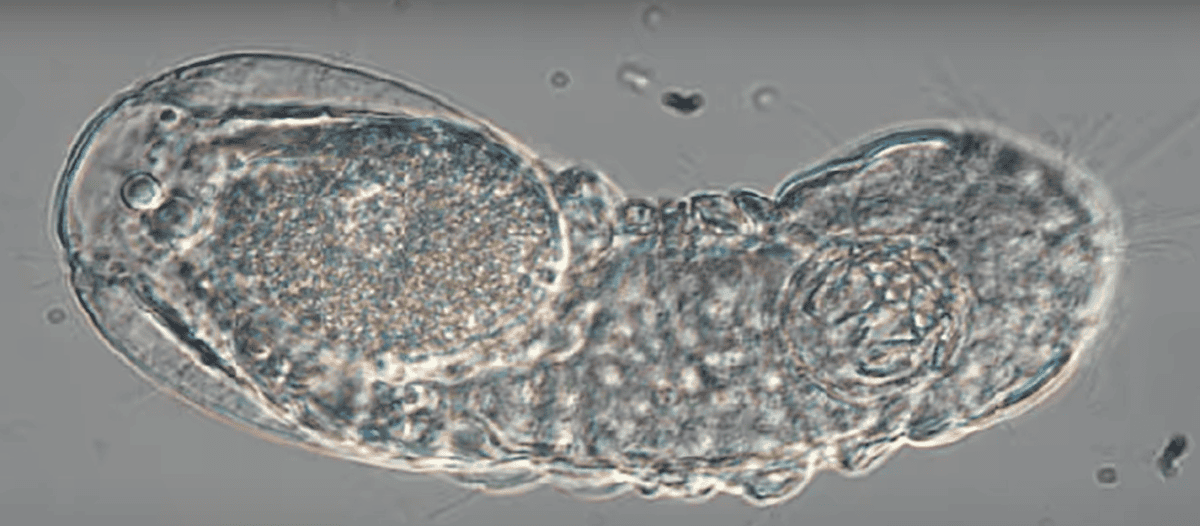
The journey to this discovery began with the collection of Limnognathia specimens from three geographically distinct locations: Greenland, the Subantarctic Crozet Islands, and the Pyrenees in Europe. Despite the vast distances separating these populations, initial anatomical examinations revealed no significant morphological differences among them. To delve deeper, researchers employed transcriptomic analyses on individual specimens, utilizing both traditional phylogenetic methods and cutting-edge machine learning algorithms. These analyses conclusively distinguished the Subantarctic population as a separate species, now designated as Limnognathia desmeti. This marks a significant milestone, as it is only the second species identified within the phylum Micrognathozoa since its initial discovery in 2000. citeturn0search0
Unveiling the Mysteries of Micrognathozoa
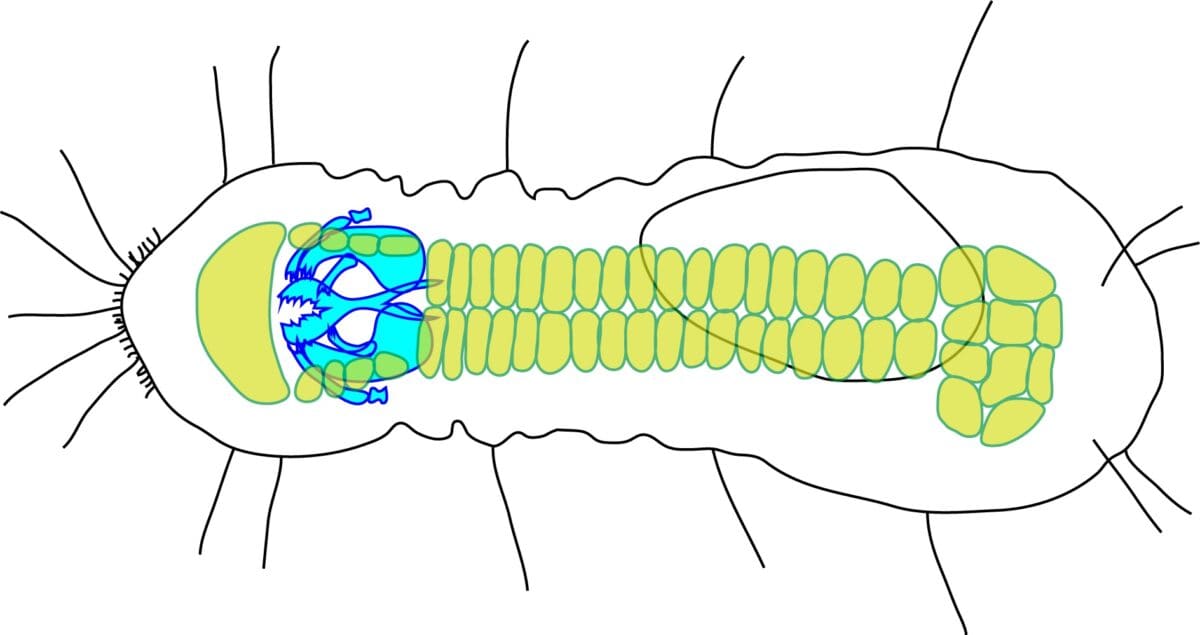
Micrognathozoa, often referred to as “jaw animals,” are among the smallest known metazoans but possess remarkably complex jaw apparatuses. The first species, Limnognathia maerski, was discovered in Greenland and later found in other locations, including the Pyrenees and the Crozet Islands. The identification of L. desmeti not only expands the known diversity within this phylum but also raises intriguing questions about their distribution and evolutionary adaptations. citeturn0search0
The Role of Machine Learning in Species Identification
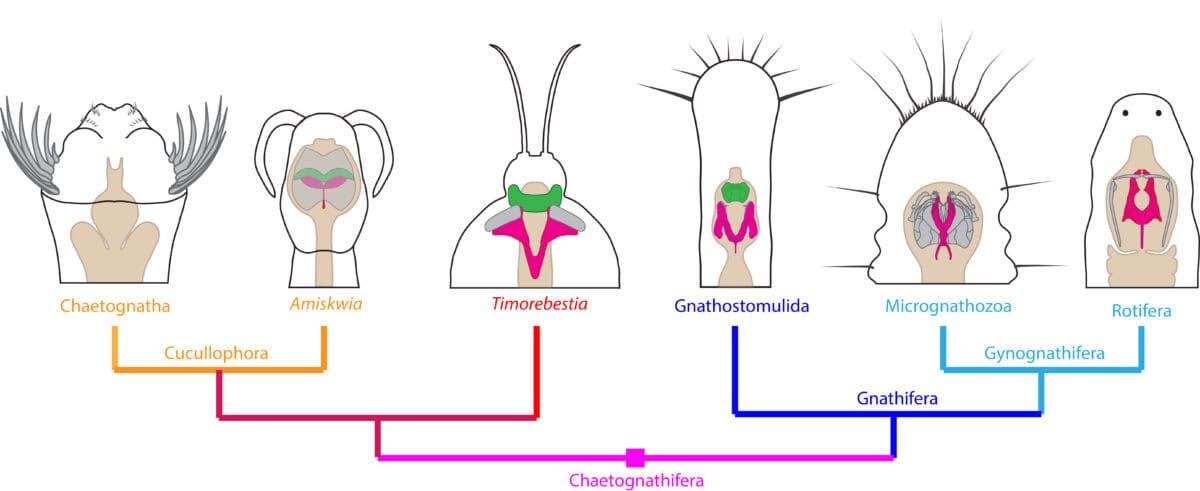
The successful identification of L. desmeti underscores the transformative potential of integrating machine learning into taxonomic and phylogenetic research. By analyzing complex genetic data, machine learning algorithms can detect subtle patterns and distinctions that traditional methods might overlook. This approach enhances the accuracy of species delimitation, particularly in groups with minimal morphological variation, and paves the way for uncovering hidden biodiversity. citeturn0search0
Implications for Biodiversity and Conservation
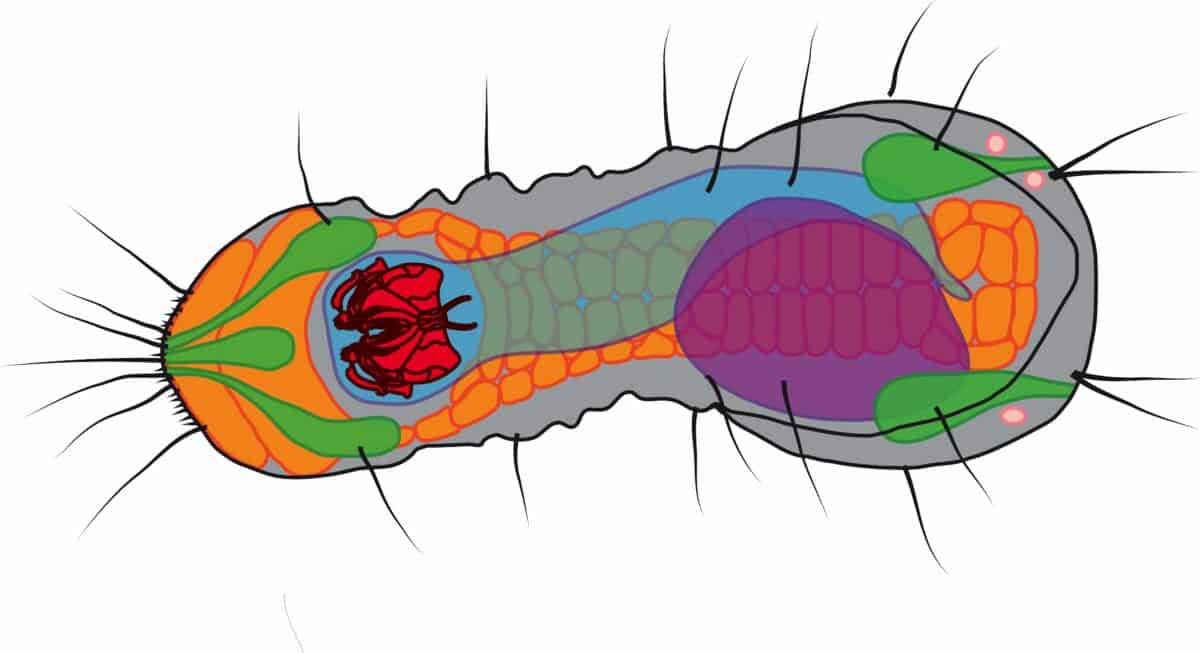
The discovery of L. desmeti prompts a reevaluation of the biogeographical distribution of Micrognathozoa. The presence of distinct species in such disparate locations suggests that these organisms have remarkable dispersal capabilities or that they have ancient, relict populations that have persisted over geological timescales. Understanding their distribution patterns is crucial for conservation efforts, as it highlights the importance of protecting diverse freshwater habitats that may harbor undiscovered species. citeturn0search0
A Glimpse into the Future of Taxonomy
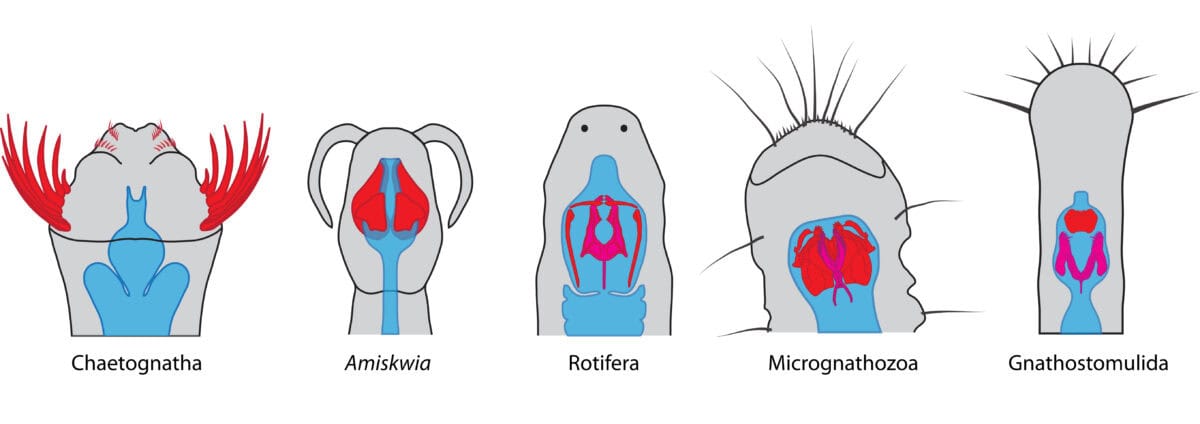
This discovery exemplifies a paradigm shift in biological research, where interdisciplinary approaches combining traditional taxonomy with advanced computational techniques lead to more comprehensive insights into life’s diversity. As machine learning and other technologies continue to evolve, they will become indispensable tools in the quest to catalog and conserve Earth’s myriad species.
The identification of Limnognathia desmeti not only enriches our understanding of Micrognathozoa but also serves as a testament to the power of modern scientific methodologies in uncovering the planet’s hidden biodiversity.
- How Shark Science Evolved After Jaws - August 9, 2025
- 21 Animals That Call Acadia National Park Home - August 9, 2025
- Conservationists Race to Save England’s Last Turtle Doves - August 9, 2025
